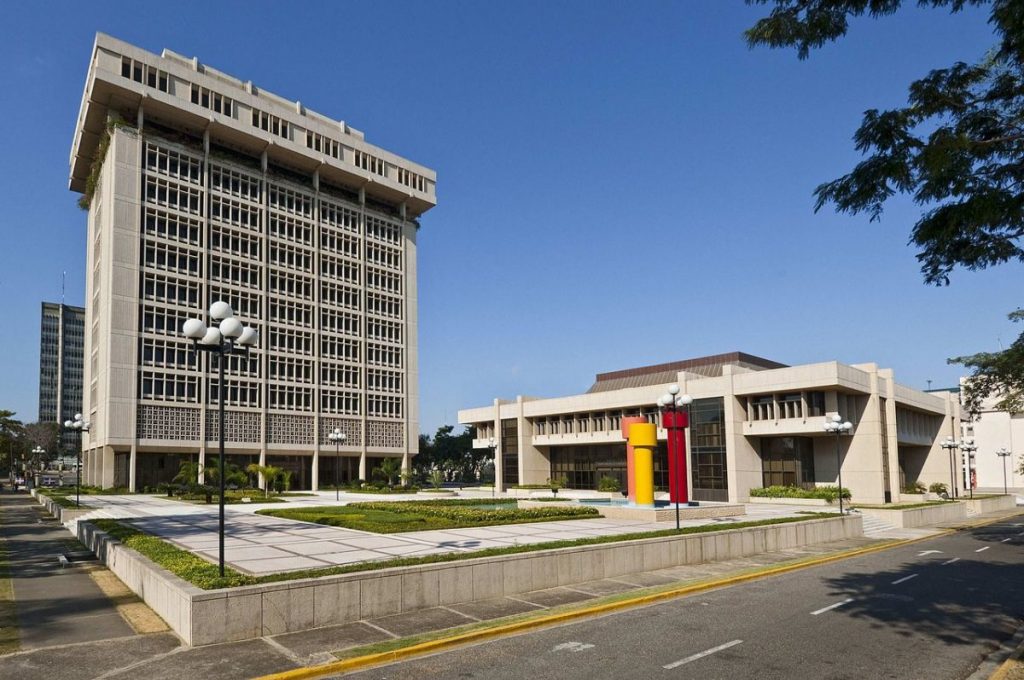
The Monetary Board approved the raising of the base interest rate by 50 basis points. The monetary policy interest rate increased from 3.0% per year to 3.50% per year.
The announcement comes after maintaining the interest rate anchored at the 3.00% level since August 2020 to stimulate economic recovery via a greater demand for credit following the shutdown due to the pandemic.
The Central Bank (BCRD) explains that given the country is on the path of economic growth, the monetary policy now seeks to dismantle the inflationary effect of monetary incentives and bring the Consumer Price Index to the target set in the monetary program of 4% ± 1%, a target now deferred to the second half of next year 2022.
The Central Bank announced the permanent liquidity expansion facility (1-day Repos) is increased from 3.50% to 4.00% and the rate for interest-bearing deposits (Overnight) from 2.50% to 3.00%. The decision regarding the reference rate of the monetary policy reference rate was made in November 2021.
This decision regarding the reference rate is based on a thorough assessment of the impact of Covid-19 on global production and higher inflationary pressures of external origin.
The Central Bank explains that price dynamics continue to be affected by more persistent supply shocks than expected, associated with higher oil prices and other important raw materials for local production and the increase in global freight costs due to the shortage of containers and other distortions in supply chains.
In particular, the monthly variation of the consumer price index (CPI) in October was 0.64%, while cumulative inflation during the first ten months of 2021 was 6.56%. On the other hand, core inflation, which excludes the most volatile components of the basket, reached 6.31% year-on-year in October 2021, reflecting second-round effects due to higher production costs associated with higher inflationary pressures of external origin.
Likewise, the BCRD forecasting system indicates that, in an active monetary policy scenario, year-on-year inflation (variation of the last 12 months), which stood at 7.72% in October 2021, would converge to the target range of 4% ± 1% during the second half of 2022, at a more gradual pace than originally expected.
According to a press release from the Central Bank, in this context, and considering the good pace of the economic recovery and the substantial improvements in the labor market, the Central Bank initiated in August 2021 a gradual plan to normalize its monetary policy. In the first stage, the resources granted during the pandemic have begun to return in an orderly manner, as companies and households are repaying at maturity the loans granted through the different liquidity facilities.
In this second stage, the BCRD decided to increase the monetary policy rate (TPM) by 50 basis points with the objective of preserving price stability, ensuring that the inflation rate converges within the monetary policy horizon. Likewise, it will continue to evaluate the persistence of exogenous shocks to domestic inflation to take any additional monetary measures necessary to keep economic agents’ inflation expectations anchored.
The economic outlook remains positive in the international environment, although the uncertainty generated by the pace of global Covid-19 contagions and disruptions in supply chains persists. In this regard, Consensus Forecasts revised slightly downward the pace of global expansion for 2021 to 5.6% in its November report.
For the United States, our main trading partner, the most recent Consensus projections point to growth of 5.5% for 2021, revised downwards due to the uncertainty caused by bottlenecks in the production and transportation of goods. Indeed, the US economy expanded by 4.9% year-on-year in the third quarter, while inflation reached 6.2% in October, above its target of 2.0% and the highest inflation in the last three decades. In this context, the Federal Reserve began the gradual withdrawal of its monetary stimulus, reducing the pace of monthly asset purchases, while market analysts expect that next year it will begin a process of increasing the federal funds rate, which is currently in the range of 0.0% and 0.25% per year.
On the other hand, economic activity in the Euro Zone is expected to expand by 5.0% in 2021, according to Consensus, while inflation stands at 4.1%, highlighting the price variation in Germany of 4.5%, the highest in 28 years. Meanwhile, the European Central Bank has maintained the overnight deposit rate at -0.50% per year, while announcing that it has begun to moderate the pace of the emergency financial asset purchase program due to the pandemic, although it will continue with the rest of the liquidity provision programs and long-term refinancing operations for the private sector.
Read more in Spanish:
Listin Diario
El Caribe
26 November 2021

